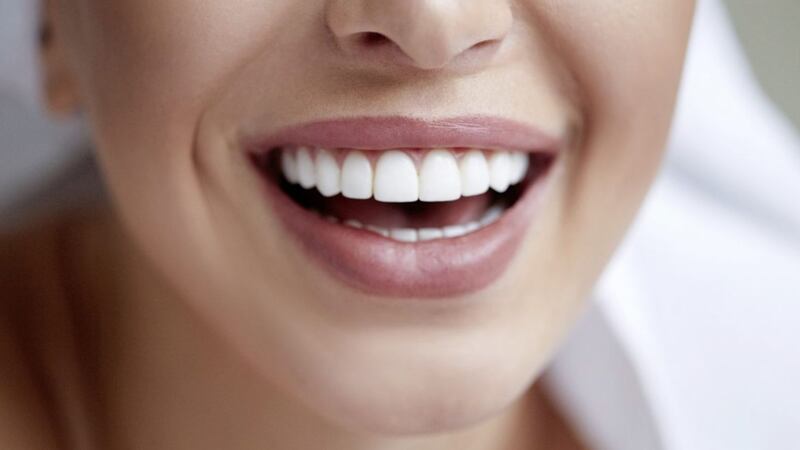IT took days for the woman's head to be transported by horseback to Julia Agrippina, the wife of Emperor Claudius, in 49AD. The grim cargo was demanded at the behest of Julia as she wanted to make sure that her love rival, Lollia Paulina, was well and truly dead.
Days previously, Julia had ordered the suicide of Lollia under the watchful eyes of the Roman guards.
However, by the time Lollia's head reached Julia it was contorted beyond recognition. Overflowing with vengefulness Julia remembered that Lollia boasted a unique set of teeth and peeled back her lips to complete the gruesome identification.
And so forensic odontology, or more commonly known as forensic dentistry, was born. Your teeth are just about as unique as your fingerprints.
There is a madly diverse range of shapes, sizes and positions of incisor front teeth, premolar side teeth and the big workhorses at the back, the molar teeth.
With all this variation, teeth make possible the relatively accurate identification of a body, or a bite mark left by a murderer or equally by a victim. Teeth tend to survive even after a body has been skeletonised, burnt, or decomposed.
The turning point in the trial of the American serial killer, Ted Bundy, was when Dr Richard Souviron, a forensic dentist, proved that the bite imprint left on Lisa Levy (one of Bundy's victims) was made by his markedly crooked teeth.
Hitler was said to have very poor tooth and gum health by the end of his life, resulting in extremely bad breath and extensive dental work. When the Russian forces discovered the burnt remains of Hitler and Eva Braun, they could only collect the remnants of Hitler's jaw and some tooth fragments.
He was not formally identified until 1968 when forensic dentists matched the large nine-tooth bridge with his dental records. It was even postulated that the blue marks on his false teeth were a result of cyanide poisoning.
Criminals have even been identified from pieces of food or chewing gum that they have dropped at the scene. X-rays and now the more modern 3D scans will be used in the future to make body and bite mark identification even more certain.








